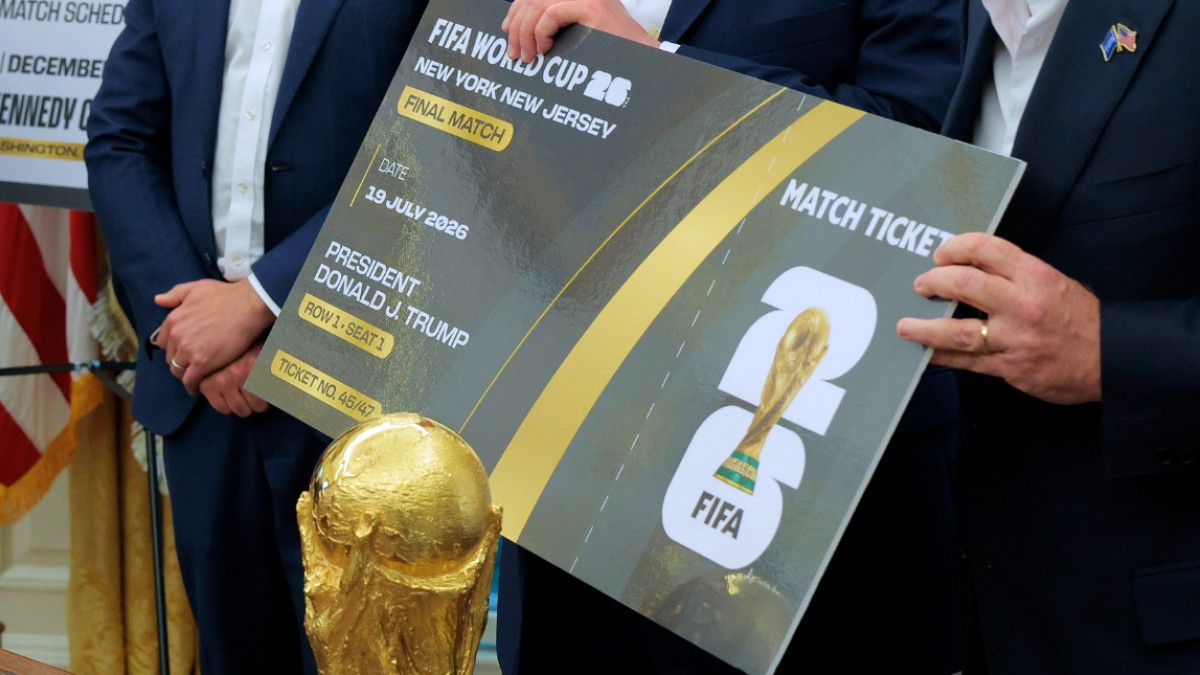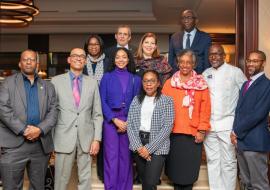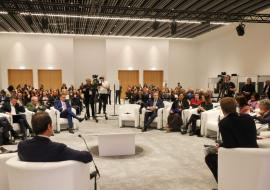High Stakes, High Prices: How Ticket Costs Could Shape Fans and Tourism at the 2026 World Cup

FIFA’s decision to implement dynamic pricing and a wide range of ticket costs—from US$60 for group stage matches to over US$6,700 for the final—has sparked debate over the accessibility of the tournament. It will also influence who attends the matches and how many domestic and international visitors travel to the United States, Canada, and Mexico for the Cup.
From an economic perspective, demand for sporting events depends on price, but also on the importance of the match and the income available to fans. Sports economists note that price elasticity varies: high-profile matches (finals or clashes between top teams) are less sensitive to price, while lower-profile games experience bigger drops in attendance when ticket costs rise. In other words, high prices will mainly affect less attractive matches and casual fans.
This has practical implications for stadium occupancy in 2026. With 48 teams and 104 matches across 16 venues, the tournament will feature a mix of high-demand matches and games with more local interest. If dynamic pricing significantly raises the total cost of attending (ticket + travel + lodging), the likely effects include:
-
Stadiums maintaining high occupancy for headline matches.
-
Matches involving smaller teams or held on weekdays seeing lower attendance.
-
Increased socioeconomic disparities between fans who can afford full packages and those who cannot.
Regarding tourism, projections suggest significant but uneven impacts across host countries and cities. Estimated total match attendance ranges from 5.5 to 6.5 million tickets, generating substantial effects on hotel occupancy and tourist spending. However, the number of international tourists will also depend on ticket availability, airfare, visa policies, and the perceived cost and safety of each destination.
Breaking it down by country:
-
United States: domestic tourism is expected to sustain a large share of attendees. However, international visitor spending showed a slowdown in 2025, so recovery depends on competitive travel and lodging costs. If ticket and package prices rise too high, the U.S. may rely more heavily on its domestic market.
-
Mexico: projections estimate up to US$7 billion in economic impact, with strong attendance from Latin American fans. Geographic proximity and a soccer-loving culture are advantageous, though high ticket prices could still exclude many local supporters.
-
Canada: with fewer venues and a smaller tourist market, attendance depends more on national tourism and visitors from the U.S. and Europe. High travel costs and visa requirements may limit international attendance if the overall expense (ticket + travel + lodging) becomes prohibitive.
There is also a multiplier effect: if resale and official platforms allow inflated prices, hospitality packages and organized travel packages will become even more in demand, pushing casual fans toward premium offerings. This may increase average tourist spending (beneficial for local economies) but reduce the total number of visitors able to afford the experience.

To mitigate lower attendance, host cities and local governments could:
-
Create free or low-cost fan zones with large screens and activities for those without tickets.
-
Promote affordable packages combining transportation and basic tickets.
-
Ensure alternative lodging options and transparent pricing to prevent price gouging.
-
Coordinate with FIFA and airlines on promotions to lower overall travel costs for international tourists.
In conclusion, ticket prices will play a decisive role in shaping stadium attendance and the composition of tourism across the three host countries. Moderate prices and broad access will encourage mass participation and diversity, while high and dynamic pricing will favor revenue per attendee but may limit the tournament’s social and cultural reach. Local policies—fan zones, affordable packages, and transparent pricing—will be crucial for ensuring that the 2026 World Cup remains not only a massive business but also a global, inclusive celebration.














